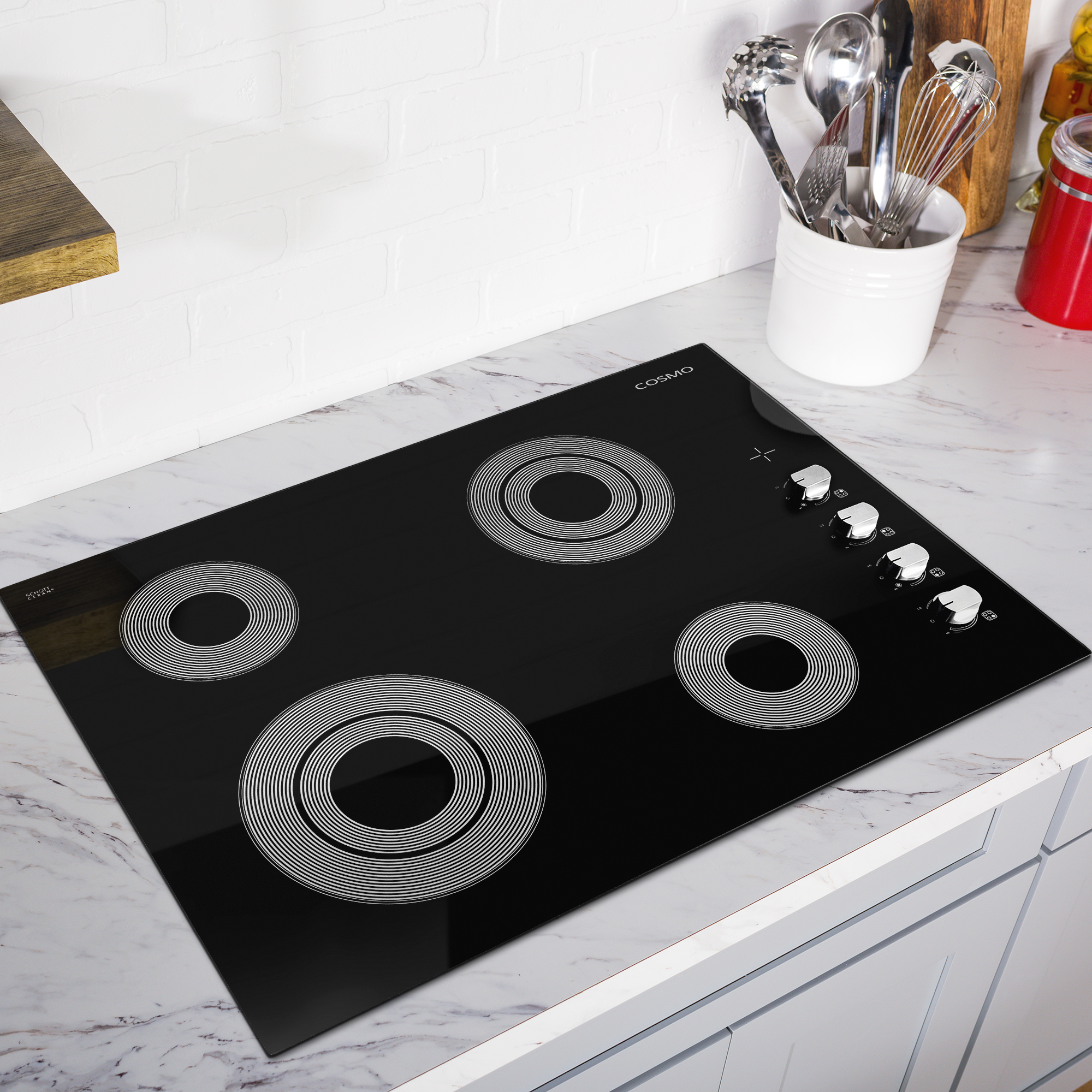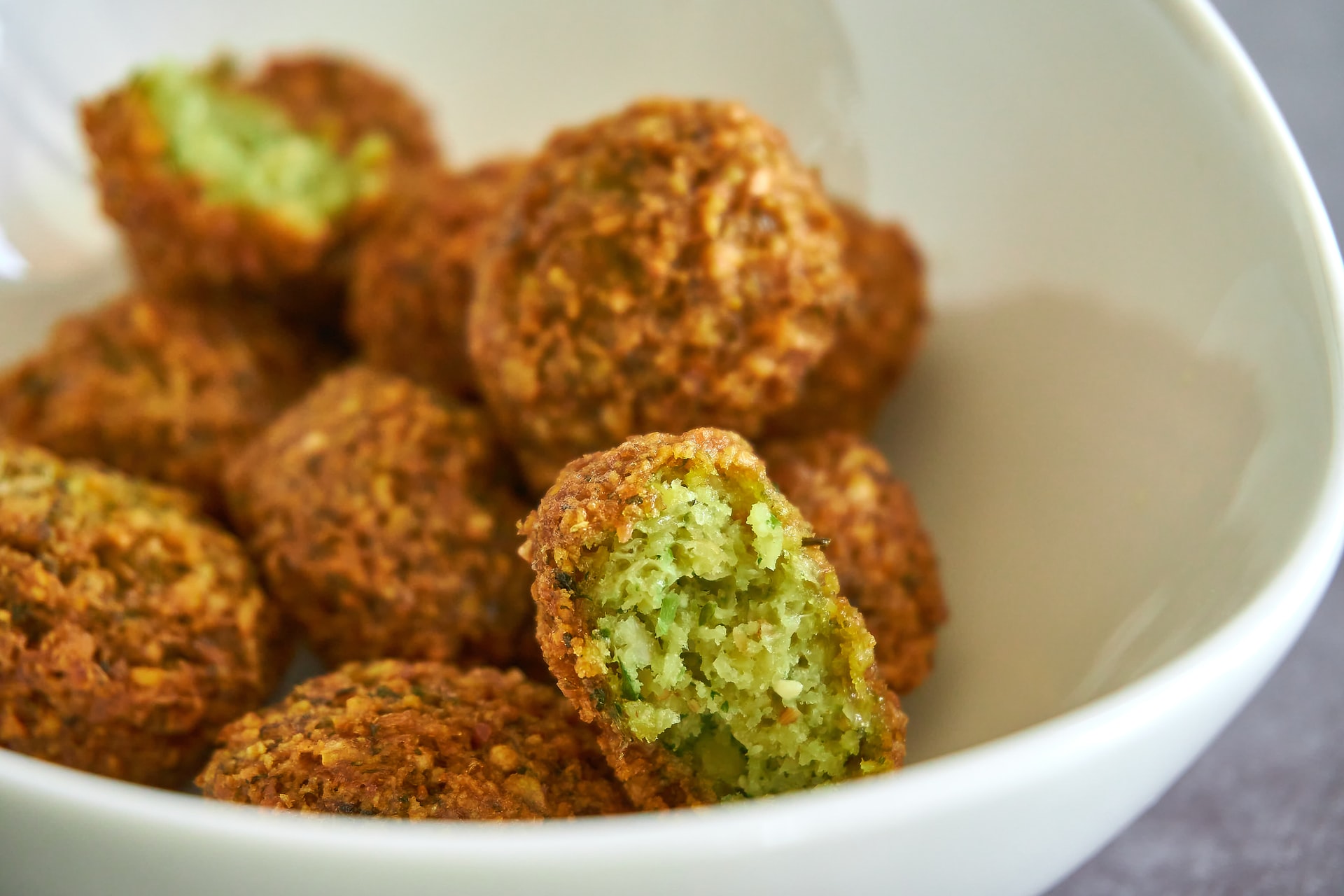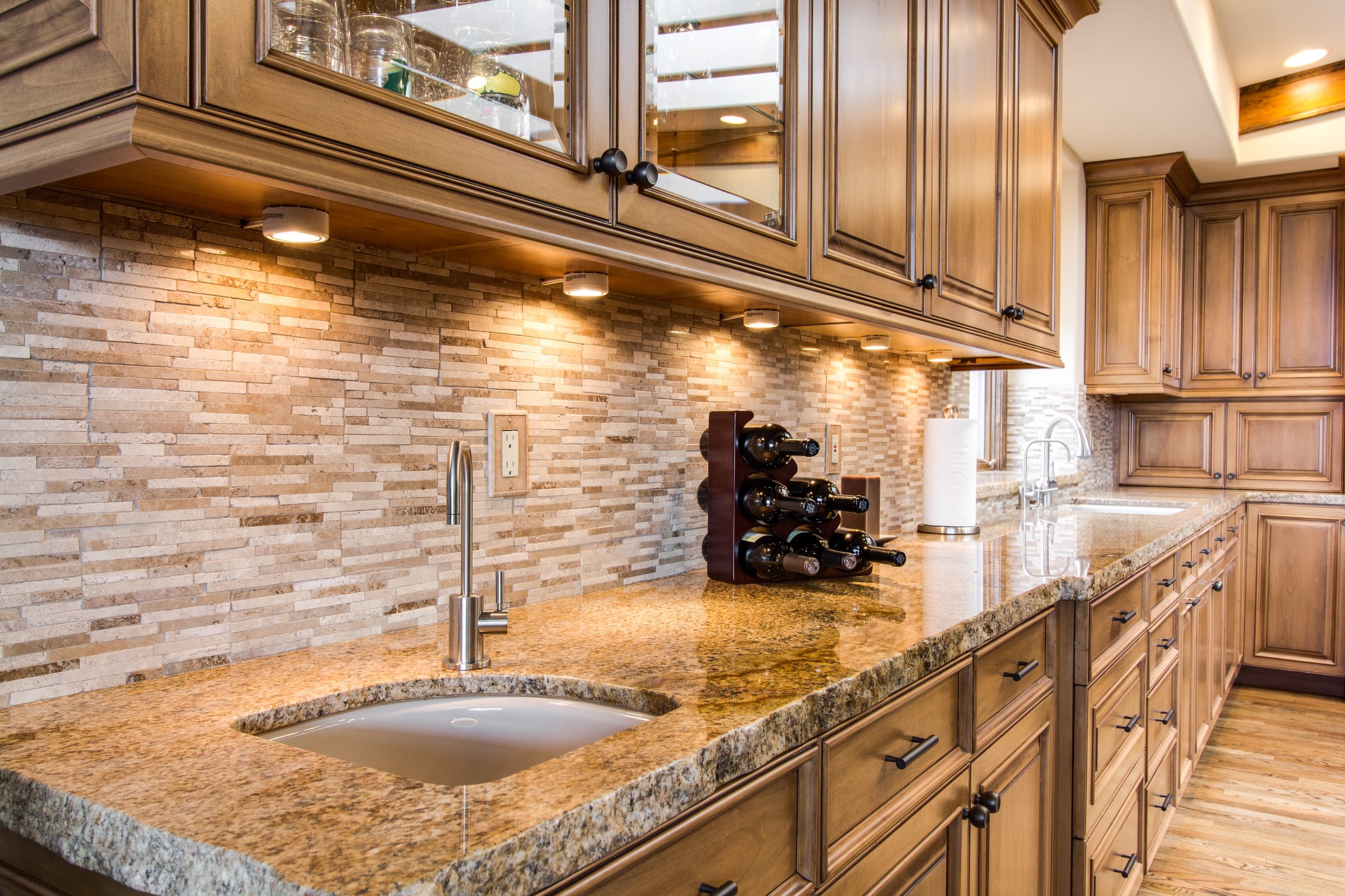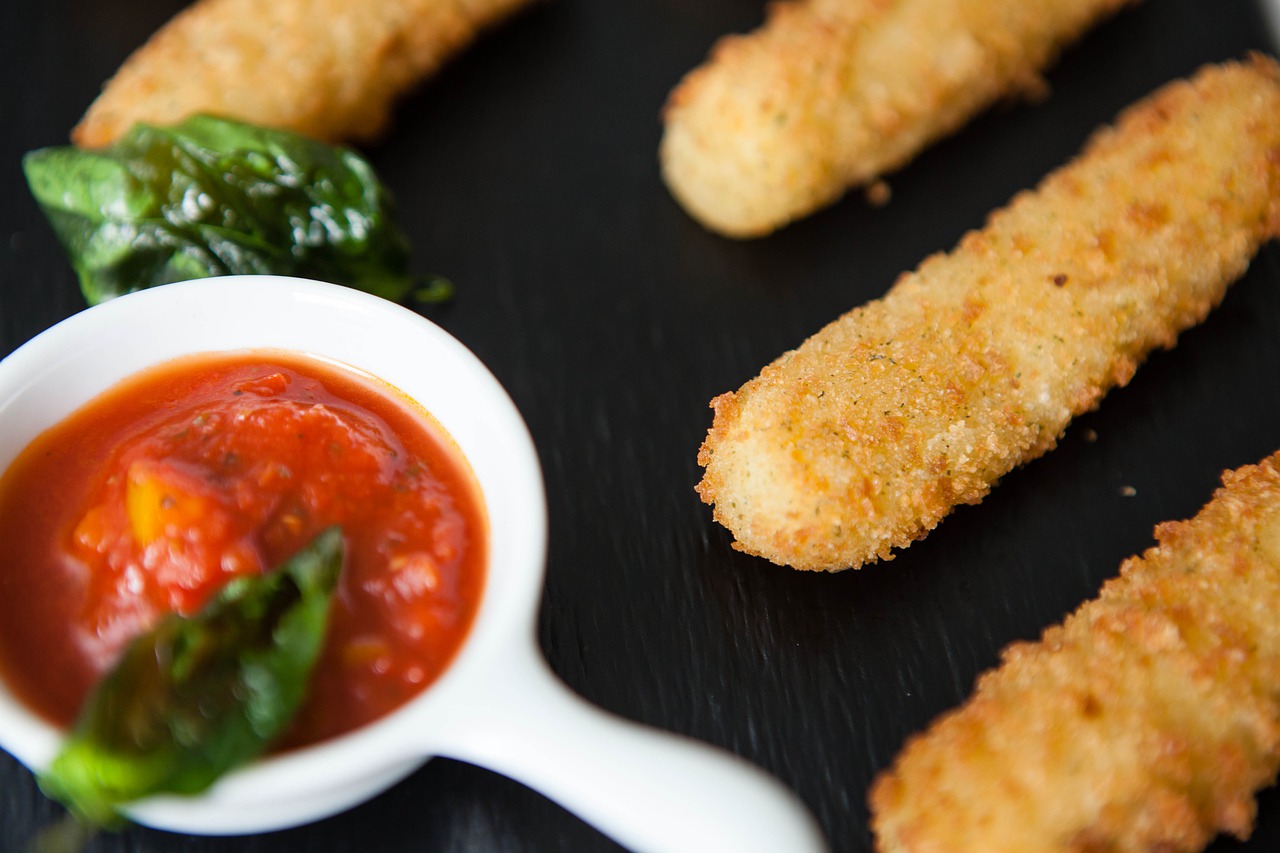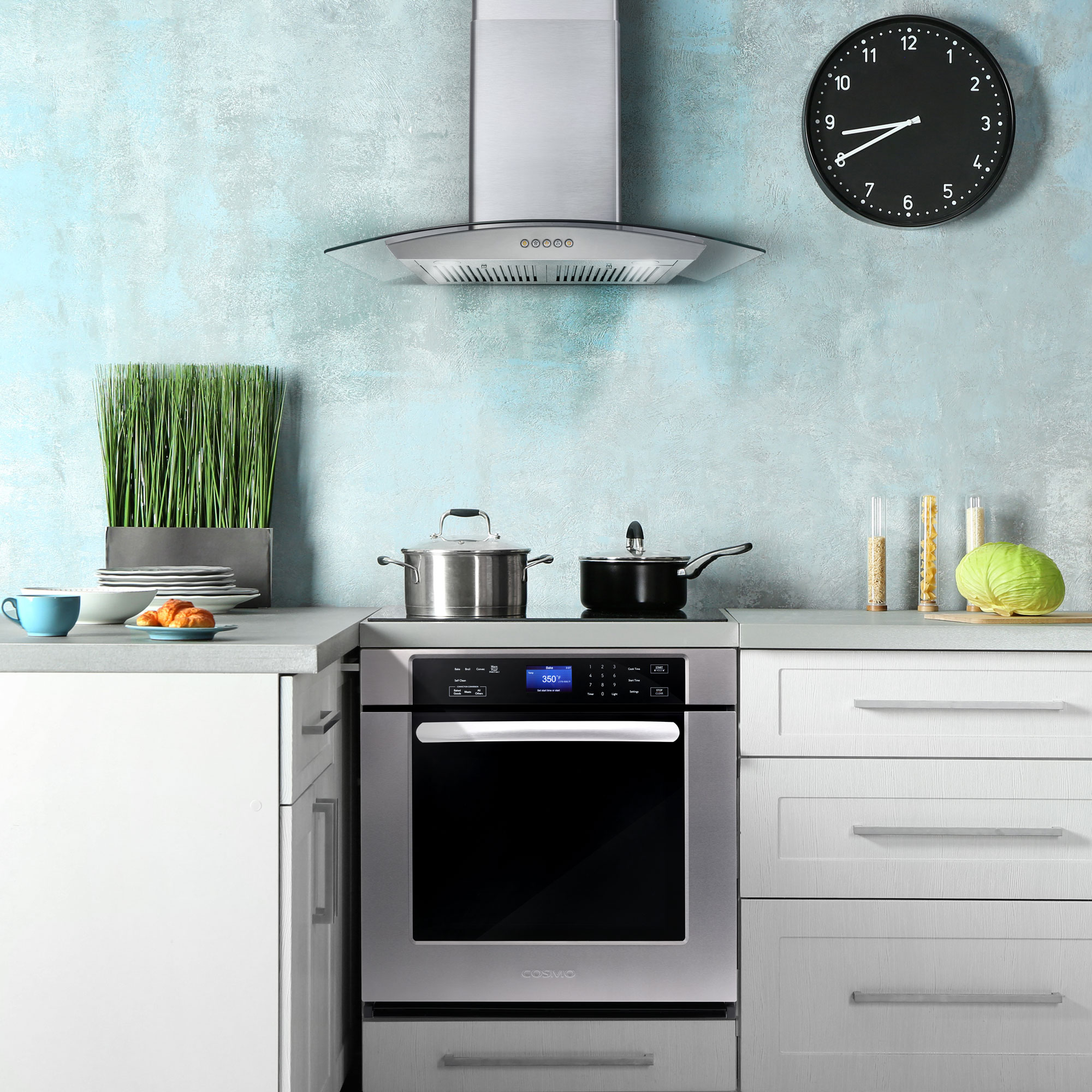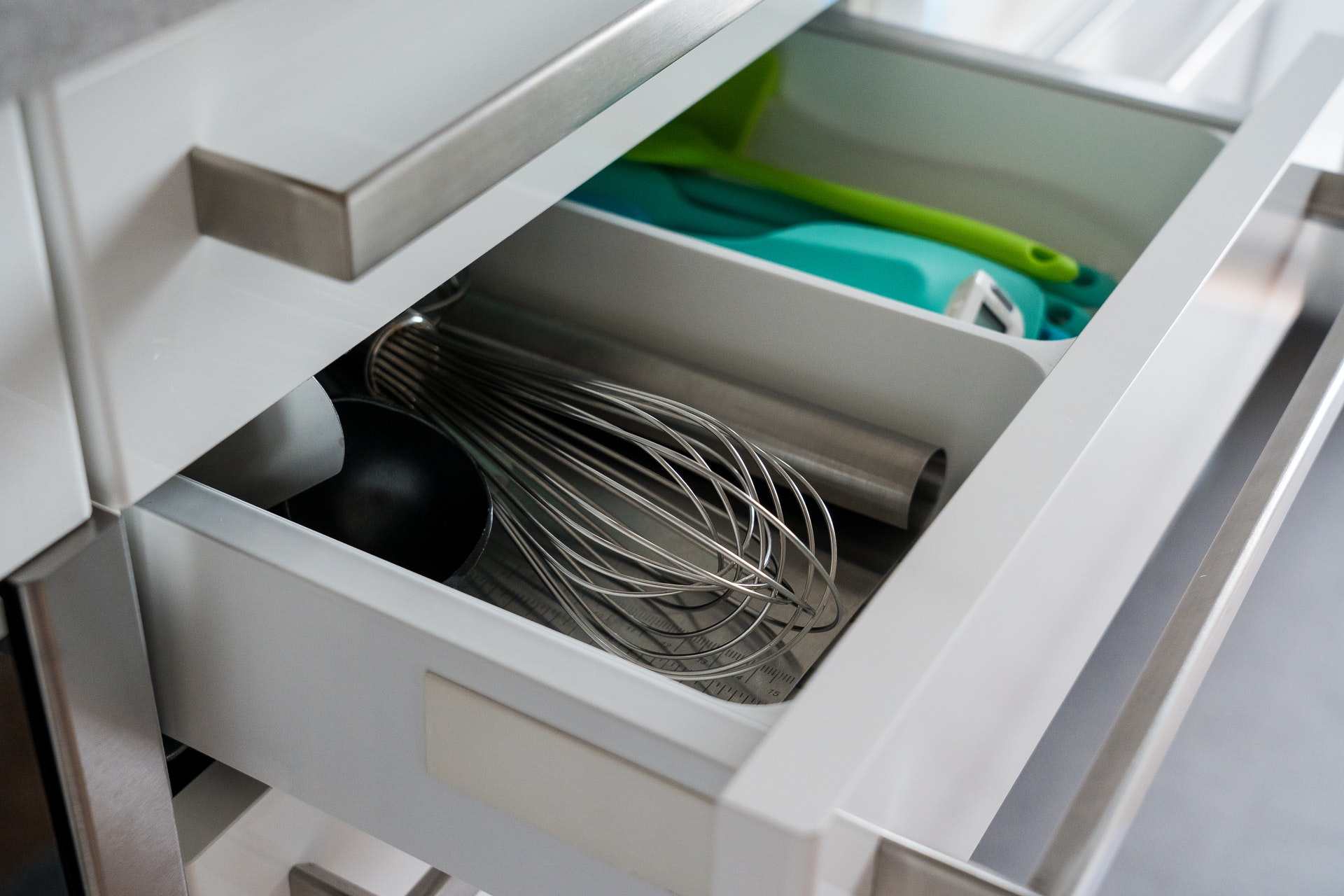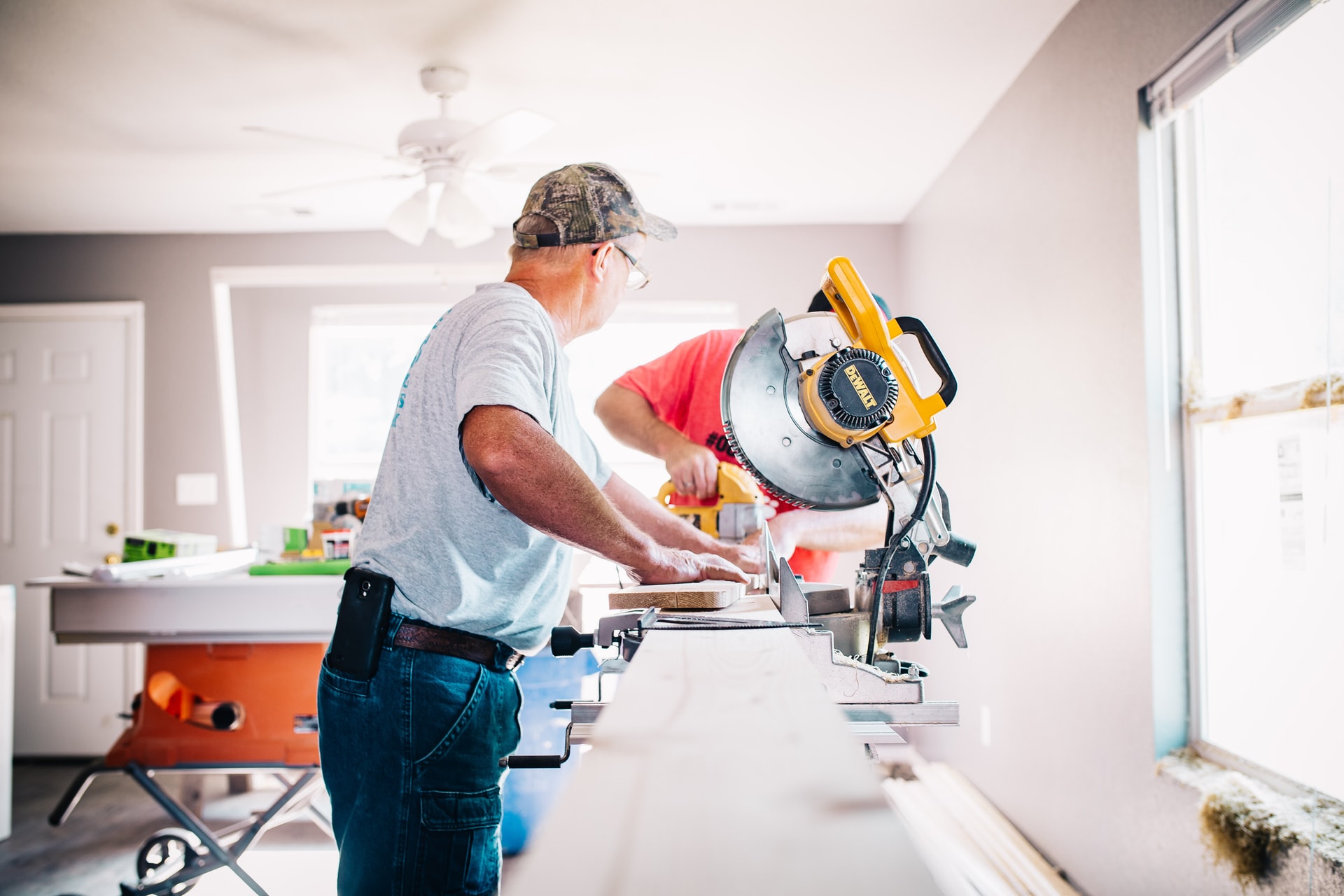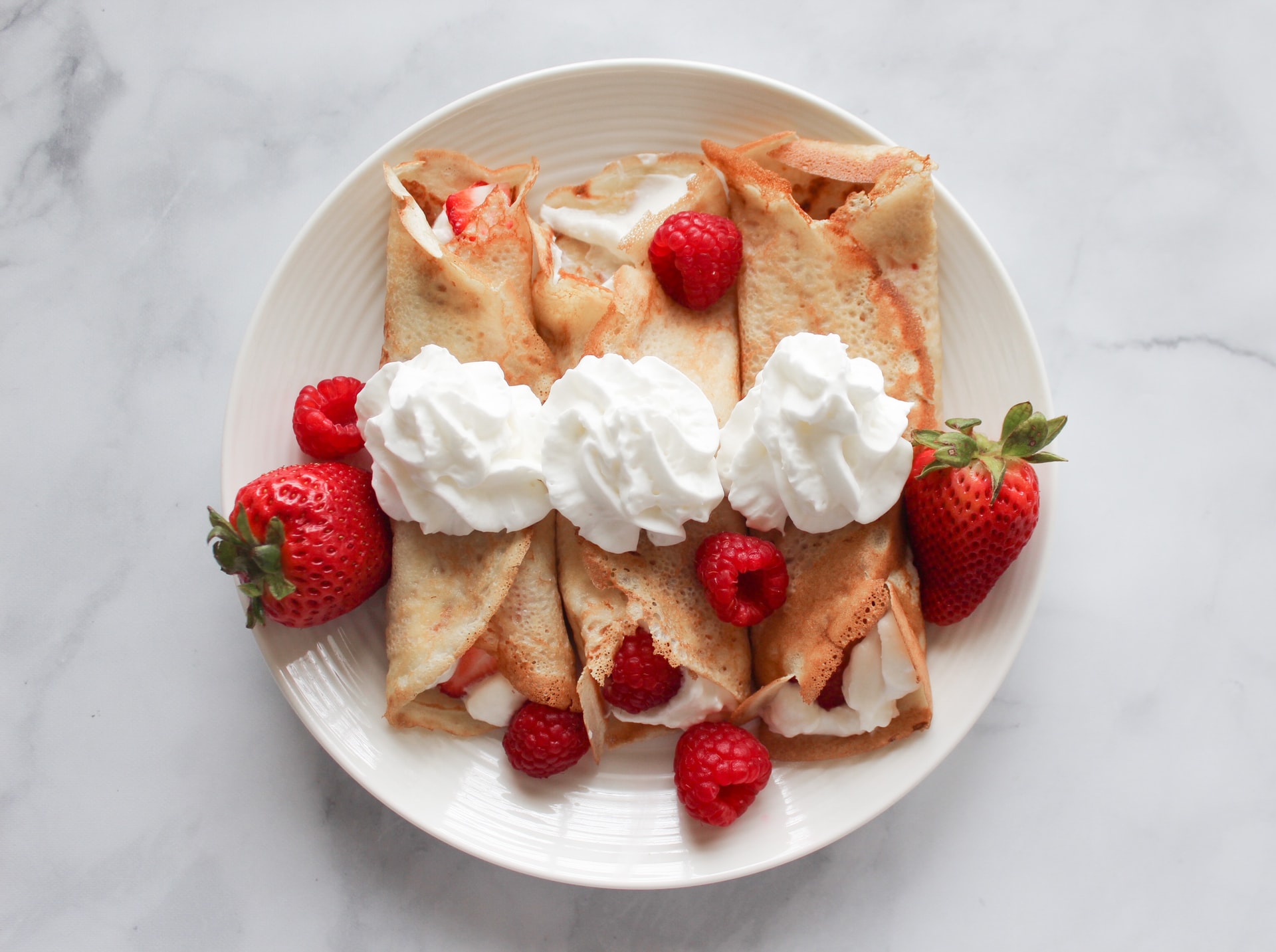You can never go wrong with pizza, especially a homemade one. Add this recipe to your dinner plans for a tasty meal your family will be sure to love. Prep time: 2 hours Cook time: 30 minutes Yield: Makes 2 10-12-inch pizzas Ingredients: Pizza Dough: 1 1/2 cups (355 ml) warm water (105°F-115°F) 1 package (2 1/4 teaspoons) of active dry yeast 3 3/4 cups (490 g) bread flour 2 tablespoons extra virgin olive oil (omit if cooking pizza in a wood-fired pizza oven) 2 teaspoons salt 1 teaspoon sugar Pizza Ingredients: Extra virgin olive oil Cornmeal (to help slide the pizza onto the pizza stone) Tomato sauce (smooth, or puréed) Firm mozzarella cheese, grated Fresh soft mozzarella cheese, separated into small clumps Fontina cheese, grated Parmesan cheese, grated Feta cheese, crumbled Mushrooms, very thinly sliced if raw, otherwise first sautéed Bell peppers, stems and seeds removed, very thinly sliced Italian pepperoncini, thinly sliced Italian sausage, cooked ahead and crumbled Sliced black olives Chopped fresh basil Baby arugula, tossed in a little olive oil, added as pizza comes out of the oven Pesto Pepperoni, thinly sliced Onions, thinly sliced raw or caramelized Ham, thinly sliced Equipment: Pizza stone Pizza peel Pizza wheel Directions: Proof the yeast: Place the warm water in the large bowl of a heavy duty stand mixer. Sprinkle the yeast over the warm water and let it sit for 5 minutes until the yeast is dissolved. After 5 minutes stir if the yeast hasn’t dissolved completely. The yeast should begin to foam or bloom, indicating that the yeast is still active and alive. (Note that if you are using “instant yeast” instead of “active yeast”, no proofing is required. Just add to the flour in the next step.) Make and knead the pizza dough: Add the flour, salt, sugar, and olive oil, and using the mixing paddle attachment, mix on low speed for a minute. Then replace the mixing paddle with the dough hook attachment. Knead the pizza dough on low to medium speed using the dough hook about 7-10 minutes. If you don’t have a mixer, you can mix the ingredients together and knead them by hand. The dough should be a little sticky, or tacky to the touch. If it’s too wet, sprinkle in a little more flour. Let the dough rise: Spread a thin layer of olive oil over the inside of a large bowl. Place the pizza dough in the bowl and turn it around so that it gets coated with the oil. At this point you can choose how long you want the dough to ferment and rise. A slow fermentation (24 hours in the fridge) will result in more complex flavors in the dough. A quick fermentation (1 1/2 hours in a warm place) will allow the dough to rise sufficiently to work with. Cover the dough with plastic wrap. For a quick rise, place the dough in a warm place (75°F to 85°F) for 1 1/2 hours. For a medium rise, place the dough in a regular room temperature place (your kitchen counter will do fine) for 8 hours. For a longer rise, chill the dough in the refrigerator for 24 hours (no more than 48 hours). The longer the rise (to a point) the better the flavor the crust will have. Preparing the Pizzas Preheat pizza stone (or pizza pan or baking sheet): Place a pizza stone on a rack in the lower third of your oven. Preheat the oven to 475°F (245°C) for at least 30 minutes, preferably an hour. If you don’t have a pizza stone, you can use a pizza pan or a thick baking sheet; you need something that will not warp at high temperatures. Divide the dough into two balls: Remove the plastic cover from the dough. Dust your hands with flour and push the dough down so it deflates a bit. Divide the dough in half. Form two round balls of dough. Place each in its own bowl, cover with plastic and let sit for 15 minutes (or up to 2 hours). Prep toppings: Prepare your desired toppings. Note that you are not going to want to load up each pizza with a lot of toppings as the crust will end up not crisp that way. About a third a cup each of tomato sauce and cheese would be sufficient for one pizza. One to two mushrooms thinly sliced will cover a pizza. Flatten dough ball, and stretch out into a round: Working one ball of dough at a time, take one ball of dough and flatten it with your hands on a lightly floured work surface. Starting at the center and working outwards, use your fingertips to press the dough to 1/2-inch thick. Turn and stretch the dough until it will not stretch further. Let the dough relax 5 minutes and then continue to stretch it until it reaches the desired diameter – 10 to 12 inches. Treat the dough gently! You can also hold up the edges of the dough with your fingers, letting the dough hang and stretch, while working around the edges of the dough. If a hole appears in your dough, place the dough on a floured surface and push the dough back together to seal the hole. Use your palm to flatten the edge of the dough where it is thicker. Pinch the edges if you want to form a lip. Brush dough top with olive oil: Use your fingertips to press down and make dents along the surface of the dough to prevent bubbling. Brush the top of the dough with olive oil (to prevent it from getting soggy from the toppings). Let rest another 10-15 minutes. Repeat with the second ball of dough. Sprinkle pizza peel with corn meal, put flattened dough on top: Lightly sprinkle your pizza peel (or flat baking sheet) with cornmeal. (The corn meal will act as little ball bearings to help move the pizza from the pizza peel into

